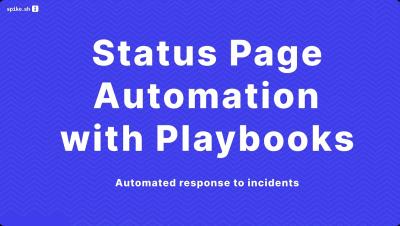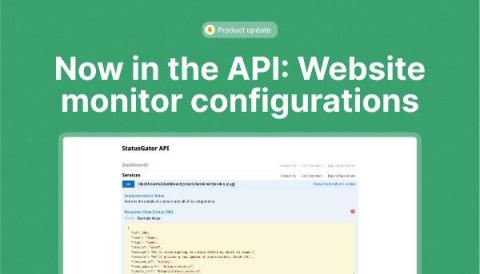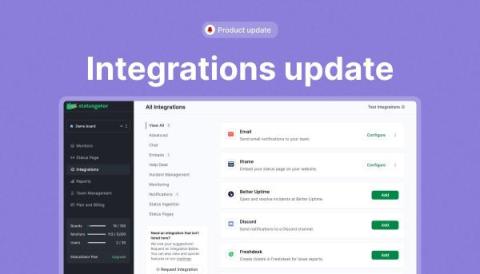Status Page automation with Playbooks
"🚀 Automate Your Status Pages with Playbooks! 🚀 In this video, we're diving deep into the world of incident response automation. Join us as we explore how you can streamline your status page updates with Spike's powerful Playbooks feature. Learn step-by-step how to create and configure Playbooks to automate your status page notifications, ensuring your stakeholders are always kept in the loop during incidents. With a live demo and practical insights, you'll discover how easy it is to set up automated responses tailored to your organization's needs.











